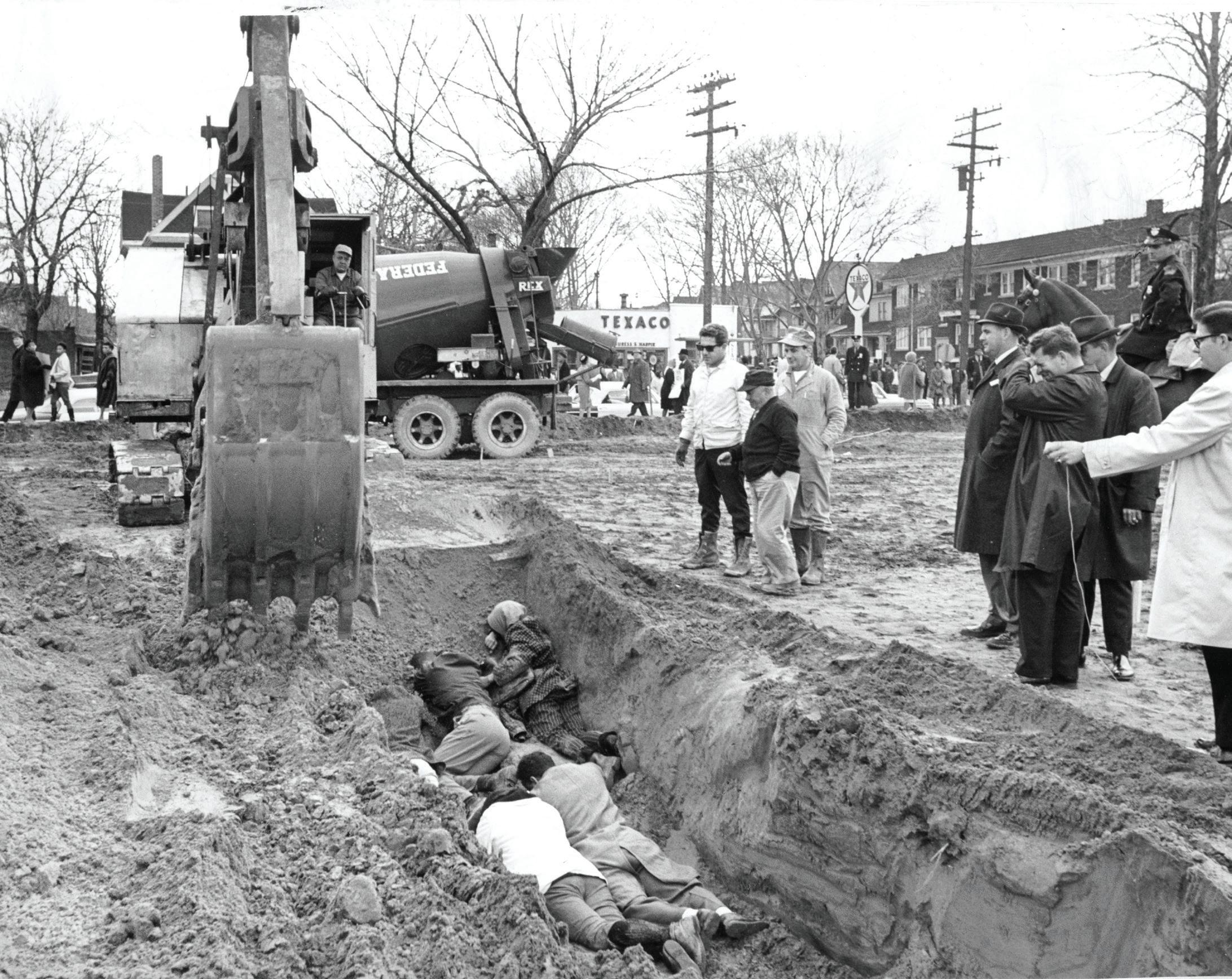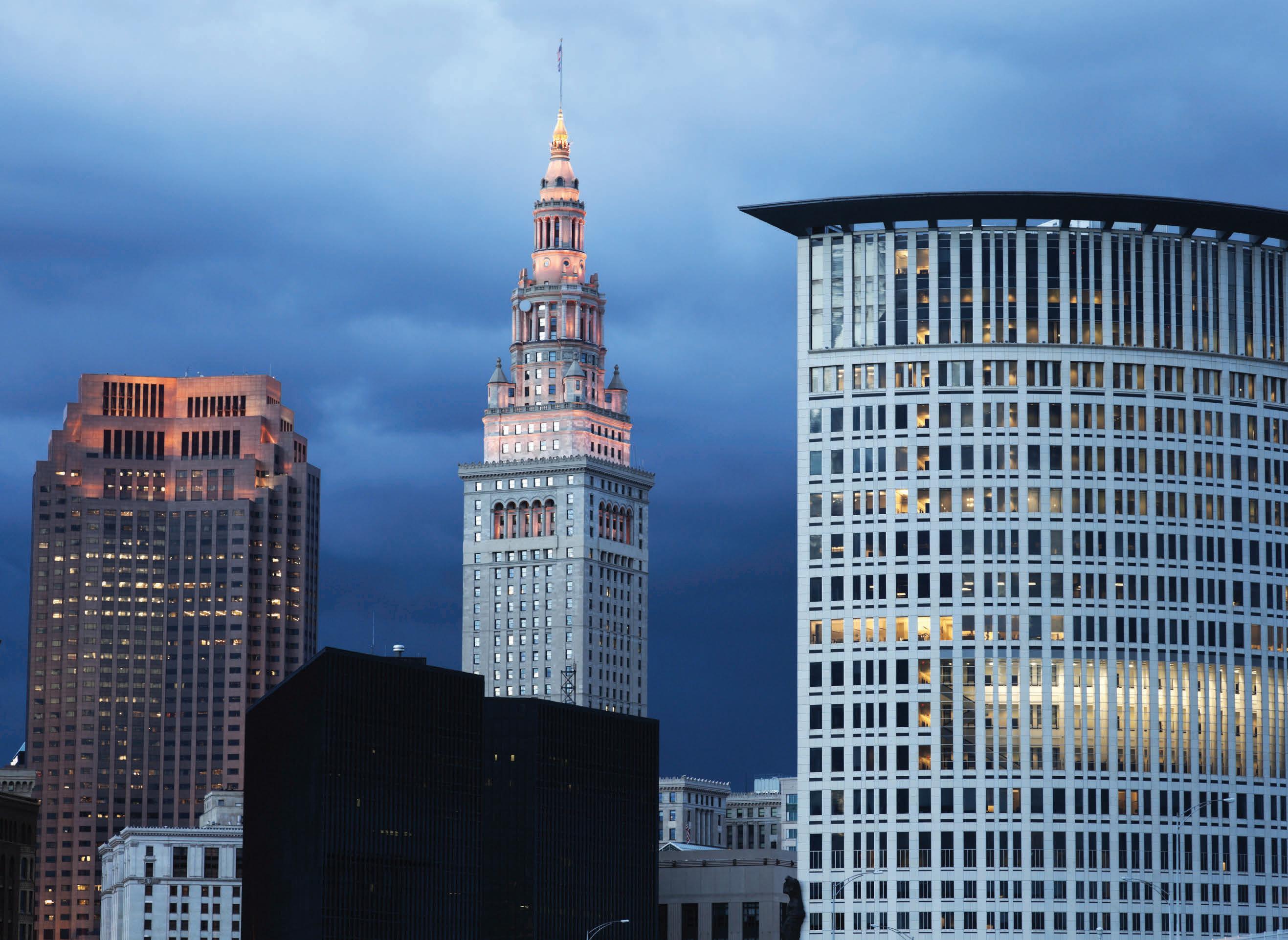
1 minute read
Look Back
ON APRIL 7, 1964, Janet Hanson and two unnamed picketers threw themselves beneath the shovel of a bulldozer at the construction site of Stephen E. Howe Elementary School. The Rev. Bruce Klunder, taking orders from his fellow Congress of Racial Equality member, Antoine Perot, lay behind it.
The school was one of three being built to resolve overcrowding after more than 1,000 Black students were finally being integrated into white classrooms. (Until that February, a decade after the passage of Brown v. the Board of Education in Topeka, 93% of Cleveland’s elementary schools were still segregated.) Cleveland Board of Education’s solution: build new schools — in Glenville. Cleveland’s United Freedom Movement cried “ghetto schools.” When its requests were ignored, civil rights proponents publicly assembled.
Fifty picketers watched as John White put the bulldozer in reverse. The machinery drowned out a girl’s scream. White rolled over Klunder. One of the picketers who’d joined Hanson recalled White saying, “I didn’t know he was there.” White stepped off the tractor in a daze, police restraining a small mob that rushed toward him.
Riots followed. In a crowd of about 3,500, cars were flipped, tear gas employed. Thirteen were injured, including police. Twenty-six were arrested. “[B]y virtue of being Communists,” Mayor Ralph Locher said, the protestors “have no respect for the law.”
Despite a two-week truce, seven days later construction resumed. Locher and school board president, Ralph McAllister, refused to meet with civil rights groups, even as nearly 60,000 Black students attended alternate “freedom schools.” It would take federal involvement and the 1976 ruling of Reed v. Rhodes to implement desegregation in Cleveland. Of the three then-controversial schools, Stephen E. Howe Elementary closed in 2006.













